An integrated digital campaign can be highly beneficial for your business, particularly in today’s competitive digital landscape.
What is an Integrated Digital Campaign?
An integrated digital campaign is a unified marketing effort that combines various digital marketing channels—such as social media, email, paid ads, content marketing, and SEO—into a cohesive strategy. The goal is to ensure consistent messaging across all platforms to increase brand awareness, customer engagement, and conversions. This type of campaign focuses on creating a seamless experience for potential customers, no matter where they encounter your brand online.
The Key Components of an Integrated Digital Campaign:
1. Unified Strategy
An integrated campaign starts with a strong central theme that runs across multiple channels. Whether it’s promoting a new product, service, or event, the messaging should be consistent, reinforcing your brand identity at every touchpoint.
2. Multi-Channel Approach
It incorporates several digital marketing channels, including:
Social Media Marketing: Platforms like Facebook, Instagram, LinkedIn, and Twitter can reach different segments of your audience.
Search Engine Optimisation (SEO): SEO optimises your website content to improve visibility on search engines, helping to attract organic traffic.
Paid Advertising (PPC): Pay-per-click ads on Google or social media can target specific demographics or interests.
Email Marketing: Keeps your audience engaged through newsletters or personalised email campaigns.
3. Data-Driven Decision Making
Integrated campaigns rely heavily on data analytics to track performance, measure success, and make adjustments in real time. Tools such as Google Analytics, social media insights, and email marketing metrics help monitor engagement and ROI.
Why an Integrated Campaign Could Be Better for Your Business:
1. Consistent Messaging for Brand Recognition
If you run disjointed campaigns across separate platforms, you risk diluting your message. In contrast, an integrated digital campaign ensures that your branding, tone of voice, and key messages are consistently communicated across all channels. This helps establish a clear and recognisable brand identity, increasing trust and loyalty among your audience.
2. Increased Customer Engagement
An integrated approach creates multiple touchpoints where potential customers can interact with your brand. By reaching your audience across different platforms—social media, email, search engines—you increase the likelihood of engagement. For example, a potential customer might first encounter your brand via a paid ad on Google, then see a related post on Facebook, and finally receive an email prompting them to take action. This repetition strengthens their awareness of your business and may encourage them to make a purchase or inquiry.
3. Improved ROI
By coordinating your efforts and creating synergy across platforms, an integrated digital campaign is often more cost-effective. Instead of running separate, siloed campaigns that may compete for attention or resources, you’re leveraging each platform’s strengths to complement and support each other. This holistic approach can lead to a higher return on investment (ROI), as you can better target your efforts and avoid unnecessary spending.
4. Streamlined Customer Journey
The customer journey is no longer linear. People may start on one platform, switch to another, and interact with your brand across multiple touchpoints before making a decision. An integrated campaign ensures that no matter where your customers are in their journey, they encounter a consistent message and experience. This creates a seamless, intuitive journey that guides them towards conversion.
5. Better Use of Resources
For businesses with limited marketing budgets, integrating digital efforts can help you make the most of available resources. Rather than spreading your team and budget thin by working on isolated campaigns, you can focus on a coordinated effort that maximises efficiency. It also helps avoid duplicated work, as each channel contributes to a single, overarching goal.
6. Improved Analytics and Measurement
When you run separate campaigns, it’s more challenging to track and compare results. An integrated digital campaign, however, allows for a comprehensive view of how each component is performing. You can gather insights from all channels and assess how each one is contributing to your overall objectives. This data is invaluable for making informed adjustments, ensuring ongoing optimisation, and improving the effectiveness of future campaigns.
Is an Integrated Campaign Right for You?
The effectiveness of an integrated digital campaign depends on your specific business goals, audience, and resources. If your business aims to increase brand awareness, drive higher engagement, and build a long-term presence online, then an integrated campaign can be highly beneficial.
However, it requires careful planning and coordination. You need to ensure that your team has the skills and capacity to execute campaigns across multiple platforms. Additionally, it’s essential to invest in the right tools to track performance and adapt strategies based on real-time data.
In conclusion, an integrated digital campaign could indeed be better for your business, provided it aligns with your overall marketing objectives and resources.
By creating a cohesive strategy that leverages multiple channels, you can enhance brand awareness, improve customer engagement, and increase ROI. However, it’s important to carefully evaluate your business needs and ensure that you have the infrastructure in place to support such a comprehensive approach.
